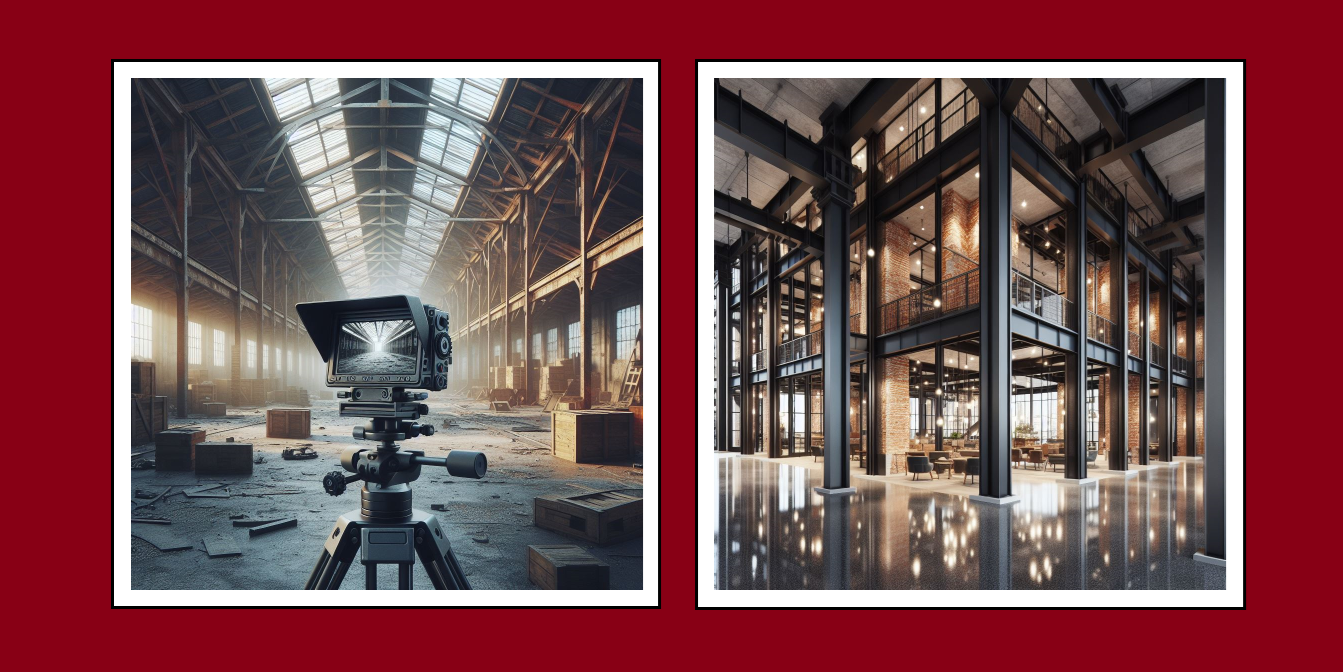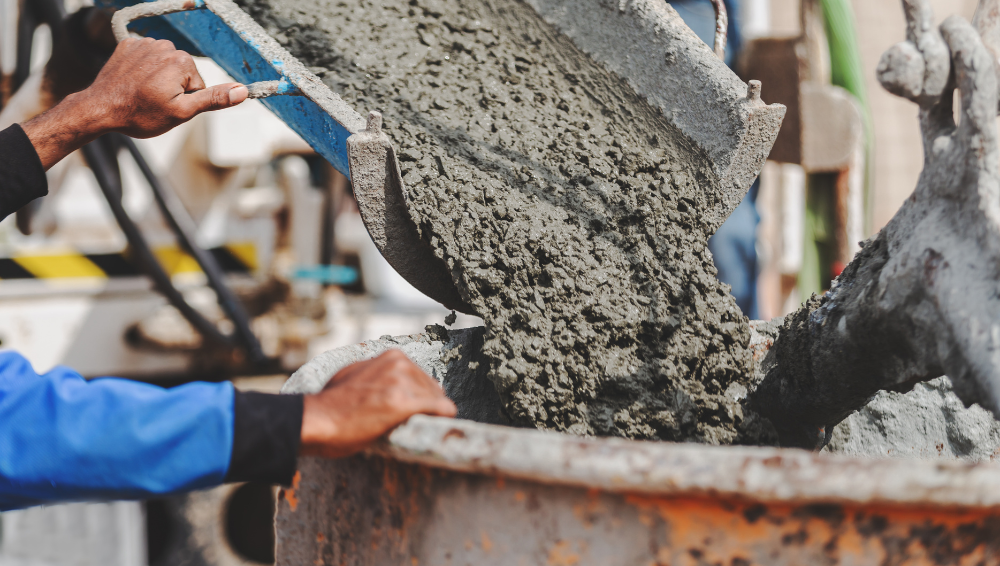Wise Words from the Past to Guide Our Future
You may know I am a fan of R. Buckminster Fuller. He was an Architect and inventor of the geodesic dome. My Junior high school architectural drafting teacher was friends with him. He called him, “Bucky."

You may know I am a fan of R. Buckminster Fuller. He was an Architect and inventor of the geodesic dome. My Junior high school architectural drafting teacher was friends with him. He called him, “Bucky."

Greetings to all of you in the building materials reuse world who are prone through personal propensity to the wonky side of this industry. I am, too. I am looking at trends, tools, opportunities, and connection points outside of the existing model of recaptured building materials distribution into larger potential.

Re-Use Hawaii Reimagines Refuse into Reuse

Concrete’s Current Carbon Footprint

Welcome to Earthship Biotecture

Inevitable Growth

Shipping containers revolutionized international trade in the mid 20th century. In today’s modern world, shipping containers have evolved once again, yet this time it’s the with the oldies but goodies. Used and retired containers that is, are now part of the architectural salvage movement morphing into ingenious repurposed dwelling creations. And with sensitivity to the carbon footprint from human consumption, reinventing, reusing, and reclaiming used shipping containers has transformed their demise from a very slow rusty withering abandonment.

Climate Change, Sustainability, Salvage & Ecological Protection

We're always so excited when large companies make major pushes to steer away from the broken linear economy toward the circular economy.We all know the phrase "Recycle,...

Architectural Salvage Finds New Clients Through Auctions